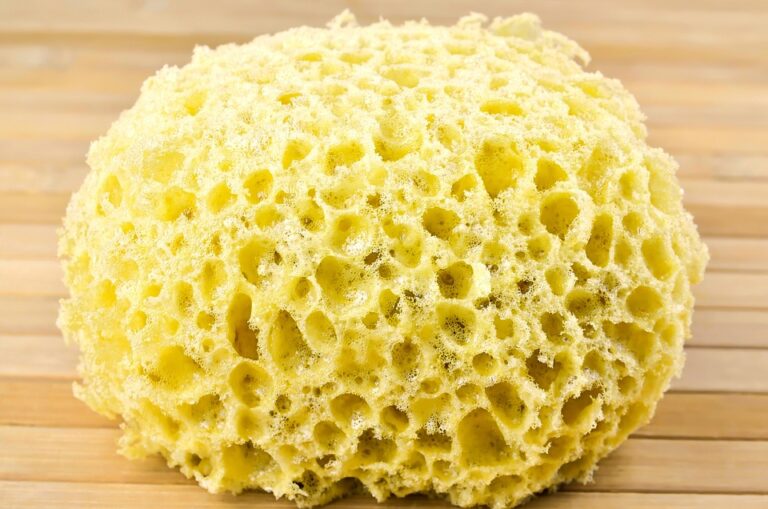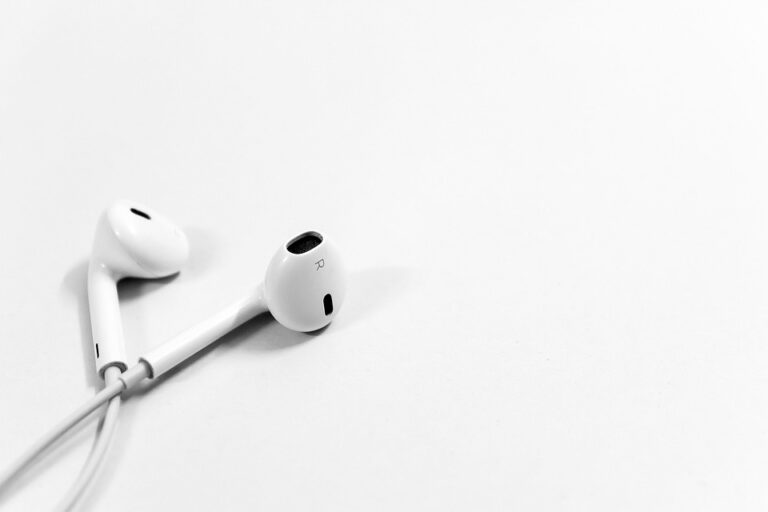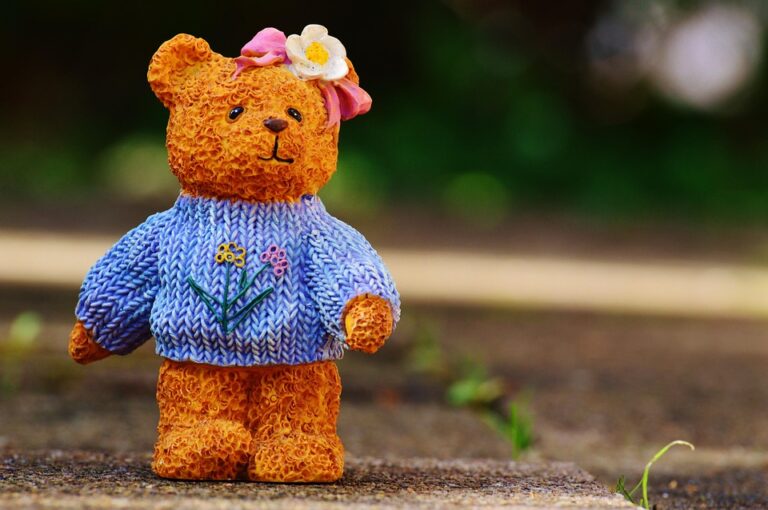
Exploring the Evolution of Robot Vacuums: A Comprehensive Guide to Their Development and Impact on Home Cleaning
In the realm of domestic technology, few innovations have made as significant a splash as robot vacuums. From their rudimentary beginnings to the sophisticated devices we see today, these machines have transformed our approach to home cleaning. But what led to this evolution, and how have these gadgets impacted our daily lives? Let’s delve into the fascinating journey of robot vacuums, exploring their development, functionality, and the implications for modern households.
1. The Genesis: Early Concepts and Prototypes
The journey of robotic vacuums began in the late 20th century, where the seeds of automation were sown. In 1996, the first autonomous vacuum, the Electrolux Trilobite, was unveiled. Although it was a novelty, its high price and limited functionality meant that it remained a curiosity rather than a household staple. The Trilobite’s design, reminiscent of a futuristic creature, hinted at the potential of robotics in cleaning.
Fast forward to 2002, when iRobot introduced the Roomba. Priced more affordably and designed with enhanced navigation capabilities, it captured the public’s imagination. The Roomba’s ability to avoid obstacles, coupled with its compact size, marked a pivotal moment in the evolution of home cleaning technology. Critics initially questioned its efficacy: “Can a machine truly replace the good old-fashioned vacuum cleaner?” Yet, as consumer confidence grew, so did the Roomba’s popularity.
2. Technological Advancements: From Simple to Smart
The early 2010s heralded a new era for robot vacuums, characterised by significant technological advancements. The integration of sensors and mapping technologies revolutionised the efficiency of these machines. Laser-based navigation systems allowed them to create detailed maps of living spaces, ensuring a more thorough clean. Brands like Neato and Dyson began to emerge, each contributing unique innovations, from cyclonic suction to advanced filtering systems.
Moreover, the rise of smart home technology played a crucial role in the evolution of robot vacuums. With the advent of Wi-Fi connectivity and mobile applications, users could control their vacuums remotely, schedule cleaning sessions, and even receive notifications. This shift not only made cleaning more convenient but also elevated the robot vacuum to a central role in the smart home ecosystem. According to a report by the International Federation of Robotics, the global market for domestic robots, including vacuum cleaners, is projected to reach $55 billion by 2025, underscoring their growing significance in our lives.
3. The Impact on Daily Life: Changing Perceptions of Cleaning
As robot vacuums gained traction, they began to reshape our perceptions of household chores. No longer viewed merely as a luxury item, they became essential tools for busy families and professionals. The idea that cleaning could be automated sparked a cultural shift; many began to embrace a lifestyle where technology alleviated the burden of mundane tasks. “Why spend hours vacuuming when a robot can do it for you?” became a common refrain.
However, this evolution has not been without its challenges. Some critics argue that reliance on such devices can lead to a decline in traditional cleaning skills. Are we, as a society, becoming too dependent on technology? Moreover, there’s the question of maintenance; while robot vacuums may reduce the frequency of deep cleaning, they still require regular upkeep, such as emptying dust bins and cleaning brushes. The balance between convenience and responsibility remains a topic of debate.
4. Looking Ahead: The Future of Robot Vacuums
What does the future hold for robot vacuums? As artificial intelligence continues to advance, we can expect even greater levels of automation and efficiency. Imagine vacuums that not only clean but also learn your habits, adapting their schedules to suit your lifestyle. Furthermore, the integration of advanced materials could lead to lighter, quieter models that blend seamlessly into our homes.
Sustainability is also becoming a focal point. As consumers grow increasingly eco-conscious, manufacturers are responding by developing energy-efficient models and recyclable components. The notion of a ‘green’ vacuum could soon transform from mere marketing jargon into a standard expectation.
Embracing the Evolution
The evolution of robot vacuums has undoubtedly changed the landscape of home cleaning. They have transitioned from simple machines to sophisticated devices that enhance our lives, offering both convenience and efficiency. As we embrace these technological marvels, it’s essential to remain mindful of their impact on our routines and our environment.
In a world where the pace of life is ever-quickening, the role of robot vacuums seems set to grow, making them a staple in the homes of the future. As you navigate this exciting landscape of cleaning technology, remember that BargainsTrust is here to provide you with curated insights and recommendations on the best products to enhance your daily life.







